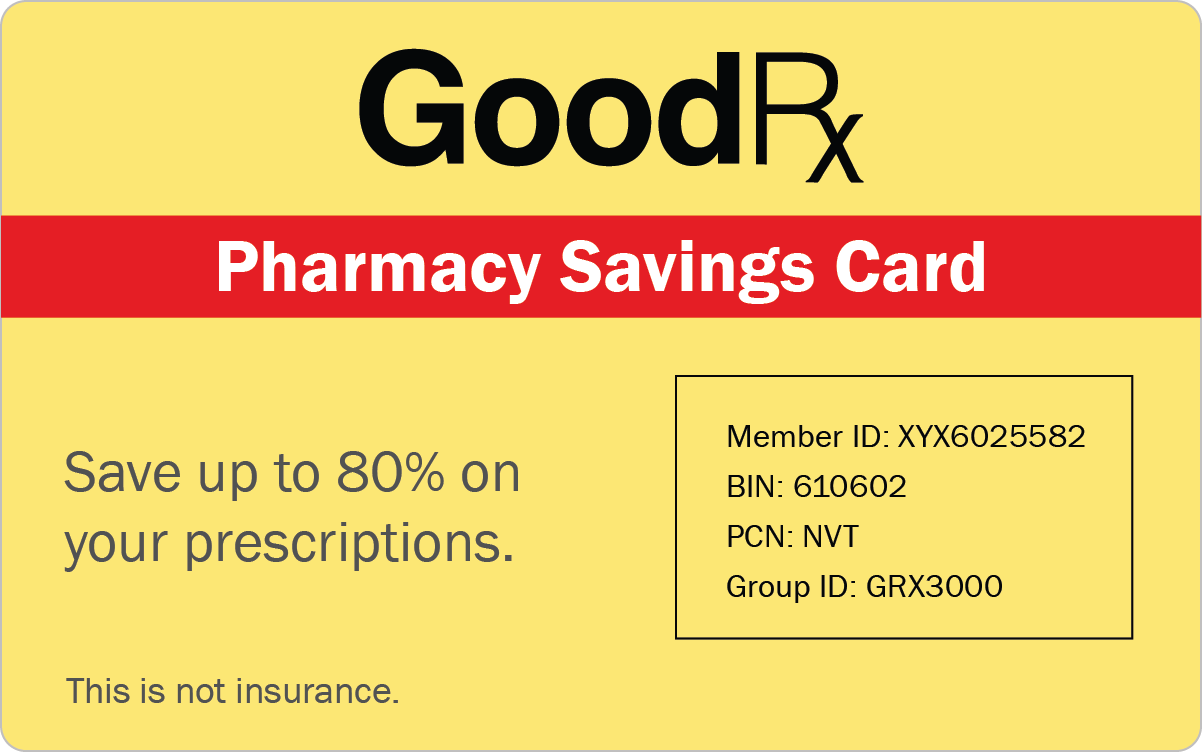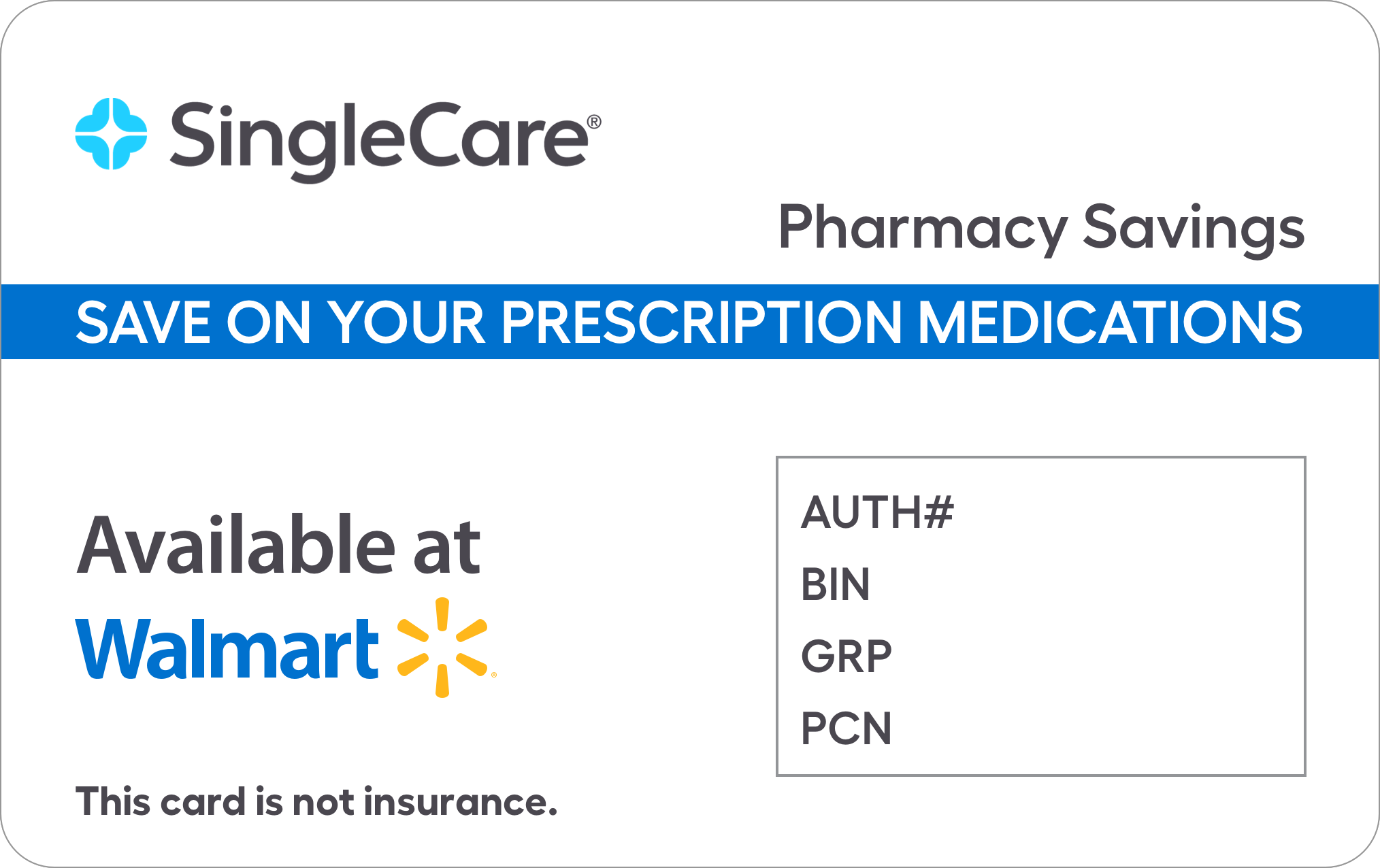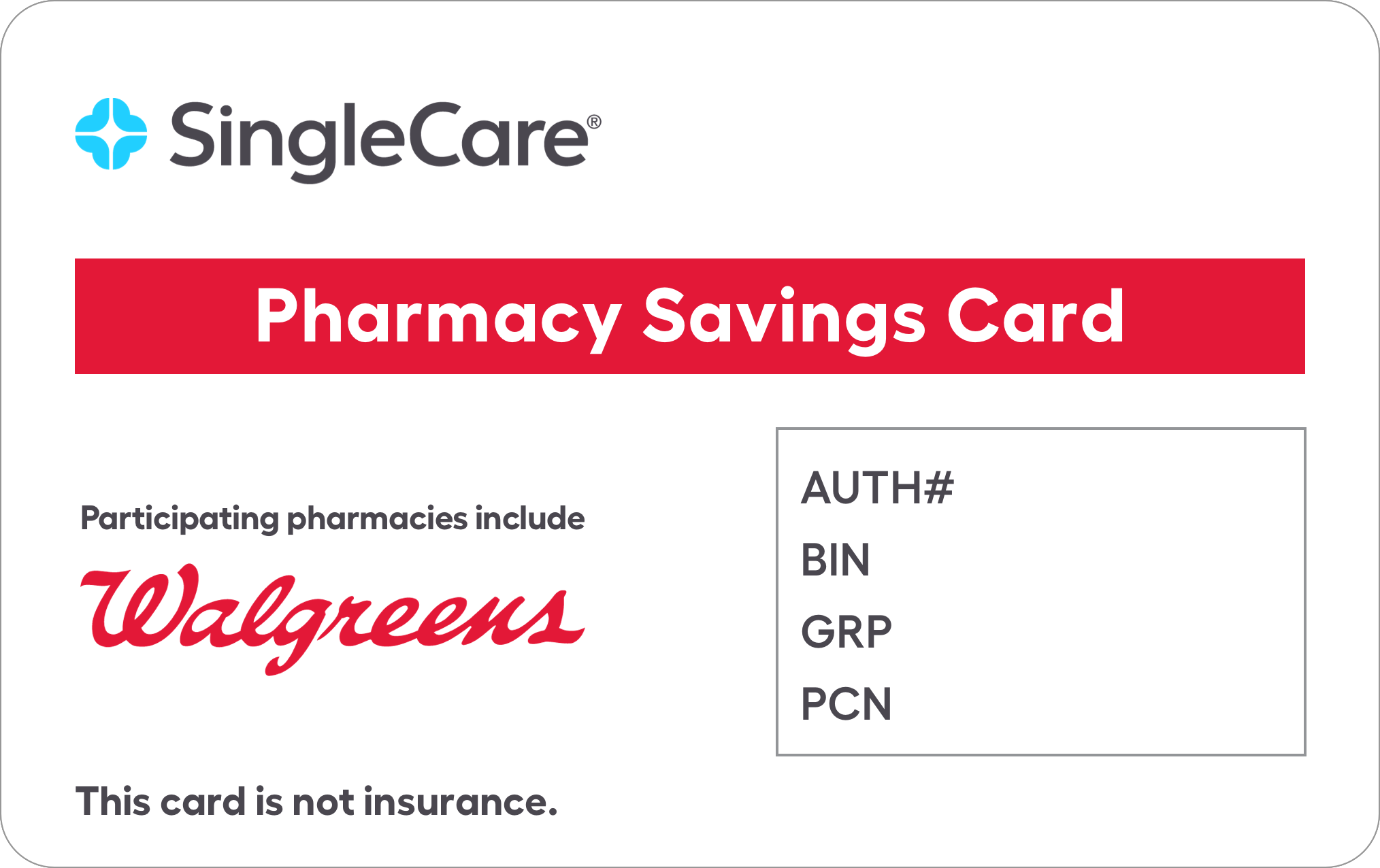What is a Fungal Infection?
A fungus is a simple life form that is present in a variety of areas of life. Yeast is a fungus that allows us to make bread, mushrooms are a fungus that are considered a delicacy by many. However, when they begin growing on the body, they become a nuisance and a health hazard.
Many fungal infections occur on the skin and result in a simple rash or other form of skin irritation. Two common types of fungal infections on the skin are tinea corporis and tinea versicolor. Systemic infections are more serious, resulting from a fungus entering the bloodstream and causing more complicated and sometimes life threatening conditions, including fungal pneumonia. Fungi often attack people with weakened immune systems.
How can I manage a Fungal Infection?
Treatment of External Symptoms
Tinea corporis treatments and tinea versicolor treatments of infected skin areas often consist of the application of a topical antifungal cream. Ringworm treatments, for example, result in diminished symptoms after only a few applications, with the fungal infection disappearing in a matter of days or sometimes weeks.
Treatment of Internal Infections
Though fungal infections in the bloodstream are less common than skin infections, they occur fairly often, especially in patients that have been hospitalized. If the fungus has entered the bloodstream, treatment will consist of an oral or intravenous dose of antifungal drugs. This treatment must continue until the infection clears, often for several weeks, though the specific duration depends on characteristics of the patient such as age and immune system ability.
What are the different types of Antifungal Medications?
Polyenes
Polyenes are used to treat both internal and external fungal infections. They function by causing the fungal membrane to become porous, making it impossible for the fungus to retain the nutrients it needs to survive. The fungus should die after a relatively short treatment with polyenes.
Azoles
Azoles function as a tinea versicolor treatment not by directly attacking the already present fungus, but instead by inhibiting their ability to grow and reproduce. Fungal cells will naturally die overtime, and without the ability to create replacement cells, the infection will resolve.
Echinocandins
Echinocandins are the newest form of antifungal treatment, and they function by attacking the cell wells of fungi. They have a wide reach and affect many different types of fungi, making them a good option for strains that are no longer responsive to azoles. However, there are several strains that do not respond to echinocandins, and these types of antifungal drugs are not safe to use while pregnant and difficult to regulate in patients with liver disease.
What are the symptoms of a Fungal Infection?
Depending on the type and area of infection, the symptoms can vary tremendously. However, fungal infections of the skin often share several characteristics. The infected area is often itchy and may appear red or inflamed. The fungus can disrupt normal functioning of the area, so hair may fall out, nails may become discolored, thick, or fall out, and oral sores may bleed.
The symptoms of systemic infections can be more difficult to identify because of the chronic nature of the condition. The infection can develop slowly over weeks or months, though in people with weakened immune systems, the symptoms can be more immediate. When they first appear, symptoms can be similar to a common cold, including cough, fever, chills, night sweats, loss of appetite, weight loss, fatigue, and depression. If these symptoms persist, be sure to contact a medical professional to assess whether a fungus is to blame.
http://www.helprx.info/conditions/fungal-infection
ringworm treatment
nail fungus treatment
antifungal cream
tinea versicolor treatment
antifungal medications
tinea corporis treatment
anti fungal cream
antifungal medication
antifungal drugs
Antifungal medications can be costly. Save with our Rx discounts.
HelpRx.info is the leading provider of prescription discounts. We offer discounts on antifungal medications like ringworm treatments & nail fungus treatments.
Fungal infections are a common source of disease. Fungi can attack skin, nails, and even the groin. They often occur in areas of the body that stay moist with sweat. Fungi can also migrate to the bloodstream, causing a systemic fungal infection. Though most are easily treated with antifungal medications and creams, these infections often reoccur. Just like some people are more prone to allergies, many people are more prone to fungal infections. Treatment will also have to continue as the symptoms reoccur. Read on to learn more about fungal infections and treatments, or click below to start saving up to 75% with our easy to use print, mobile, and email coupons or sign up for our free prescription savings card.
What is a Fungal Infection?
A fungus is a simple life form that is present in a variety of areas of life. Yeast is a fungus that allows us to make bread, mushrooms are a fungus that are considered a delicacy by many. However, when they begin growing on the body, they become a nuisance and a health hazard.
Many fungal infections occur on the skin and result in a simple rash or other form of skin irritation. Two common types of fungal infections on the skin are tinea corporis and tinea versicolor. Systemic infections are more serious, resulting from a fungus entering the bloodstream and causing more complicated and sometimes life threatening conditions, including fungal pneumonia. Fungi often attack people with weakened immune systems.
How can I manage a Fungal Infection?
Treatment of External Symptoms
Tinea corporis treatments and tinea versicolor treatments of infected skin areas often consist of the application of a topical antifungal cream. Ringworm treatments, for example, result in diminished symptoms after only a few applications, with the fungal infection disappearing in a matter of days or sometimes weeks.
Treatment of Internal Infections
Though fungal infections in the bloodstream are less common than skin infections, they occur fairly often, especially in patients that have been hospitalized. If the fungus has entered the bloodstream, treatment will consist of an oral or intravenous dose of antifungal drugs. This treatment must continue until the infection clears, often for several weeks, though the specific duration depends on characteristics of the patient such as age and immune system ability.
What are the different types of Antifungal Medications?
Polyenes
Polyenes are used to treat both internal and external fungal infections. They function by causing the fungal membrane to become porous, making it impossible for the fungus to retain the nutrients it needs to survive. The fungus should die after a relatively short treatment with polyenes.
Azoles
Azoles function as a tinea versicolor treatment not by directly attacking the already present fungus, but instead by inhibiting their ability to grow and reproduce. Fungal cells will naturally die overtime, and without the ability to create replacement cells, the infection will resolve.
Echinocandins
Echinocandins are the newest form of antifungal treatment, and they function by attacking the cell wells of fungi. They have a wide reach and affect many different types of fungi, making them a good option for strains that are no longer responsive to azoles. However, there are several strains that do not respond to echinocandins, and these types of antifungal drugs are not safe to use while pregnant and difficult to regulate in patients with liver disease.
What are the symptoms of a Fungal Infection?
Depending on the type and area of infection, the symptoms can vary tremendously. However, fungal infections of the skin often share several characteristics. The infected area is often itchy and may appear red or inflamed. The fungus can disrupt normal functioning of the area, so hair may fall out, nails may become discolored, thick, or fall out, and oral sores may bleed.
The symptoms of systemic infections can be more difficult to identify because of the chronic nature of the condition. The infection can develop slowly over weeks or months, though in people with weakened immune systems, the symptoms can be more immediate. When they first appear, symptoms can be similar to a common cold, including cough, fever, chills, night sweats, loss of appetite, weight loss, fatigue, and depression. If these symptoms persist, be sure to contact a medical professional to assess whether a fungus is to blame.
As a polyene, Nystatin directly attacks the cell membrane of the fungi. It is taken orally and should be taken with a full glass of water. It is processed by the kidneys, so be sure to inform your doctor if you have any kidney problems. While taking Nystatin, symptoms may disappear before the fungus has been completely removed. To ensure the antifungal drug is completely effective, continue taking the pills as directed until the prescribed end time. Stomach problems, including nausea and diarrhea are common side effects of Nystatin. However, if any problems with breathing occur, contact your doctor immediately.
Amphotericin B is an azole antifungal treatment. It is often administered intravenously during a hospital stay, though it can be prescribed for home use. Because if functions by reducing the ability of cells to reproduce, it is important to tell your doctor if you have any immune system problems or a weakened immune system. Body aches, nausea, and headache are all common side effects, but any chest pain or tightening should be immediately reported to your doctor.
Caspofungin is administered intravenously, so is generally given during a hospital stay. If directed to administer this antifungal drug at home, be sure you are clear on the proper time and method of dosage. It is processed through the liver, so be sure to tell your doctor about any liver problems you are currently suffering from. Typical side effects are nausea, diarrhea, sweating, and headache. Contact your doctor if you experience chest or stomach pain or have difficulty breathing.






















